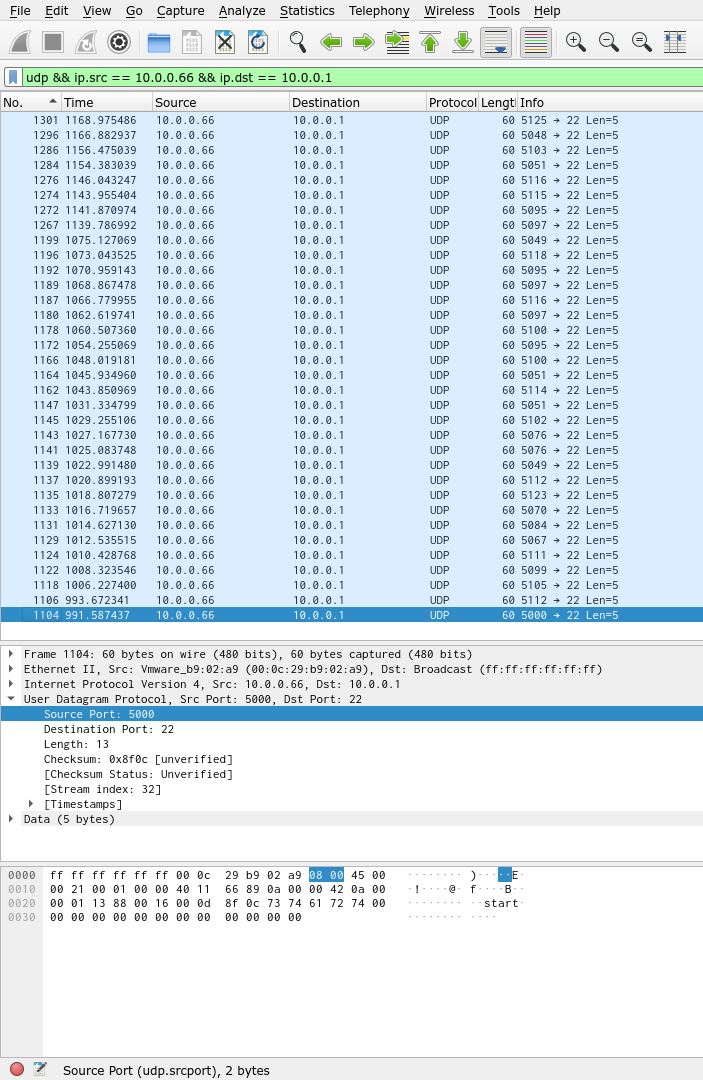
SciPy library depends on the NumPy library, hence learning the basics of NumPy makes the understanding easy. In addition to this, it will be very helpful, if the readers have some basic knowledge of other programming languages. Prerequisitesīefore proceeding with the various concepts given in this tutorial, it is being expected that the readers have a basic understanding of Python. The SciPy subpackages are well documented and developed continuously. Combining SciPy with other Python libraries, such as NumPy and Matplotlib, Python becomes a powerful scientific tool. Python is easy to learn for beginners and scripts are simple to write and test. After completing this tutorial, the readers will find themselves at a moderate level of expertise, from where they can take themselves to higher levels of expertise. This tutorial provided the necessary ScyPy examples to get started. This tutorial is prepared for the readers, who want to learn the basic features along with the various functions of SciPy.

#Python3 scapy tutorial how to#
This is an introductory tutorial, which covers the fundamentals of SciPy and describes how to deal with its various modules. It provides many user-friendly and efficient numerical practices such as routines for numerical integration and optimization. The main reason for building the SciPy library is that, it should work with NumPy arrays. We can do this in Python by invoking the Scapy library. The SciPy library depends on NumPy, which provides convenient and fast N-dimensional array manipulation. Instructor Its occasionally useful when testing to use raw packets to probe a target. The examples below will demonstrate how to craft an ICMP echo request using both methods.SciPy, a scientific library for Python is an open source, BSD-licensed library for mathematics, science and engineering.

Scapy can be used through the command line interface (Method 1), but can also be imported into a Python script (Method 2).

Scapy is a tool written by Philippe Biondi and per the documentation is described as: “a Python program that enables the user to send, sniff and dissect and forge network packets. 1.1About Scapy Scapy is a Python program that enables the user to send, sniff and dissect and forge network packets. Scapy development uses Git version control system. The article assumes a basic understanding of TCP/IP networking concepts is held. Scapy’s installation page ThePacketGeek’s Building Network Tools with Scapy tutorial Security Power Tools where Philippe Biondi wrote a complete chapter about Scapy. This article introduces Scapy at a high level and shows an example of crafting an ICMP echo request by using the CLI tool and by importing Scapy modules into a Python script.


 0 kommentar(er)
0 kommentar(er)
